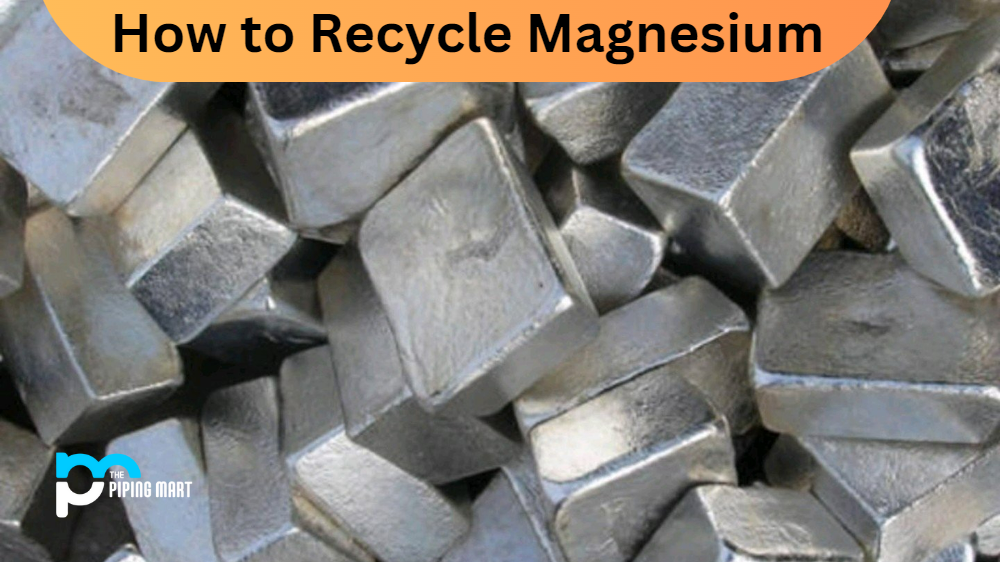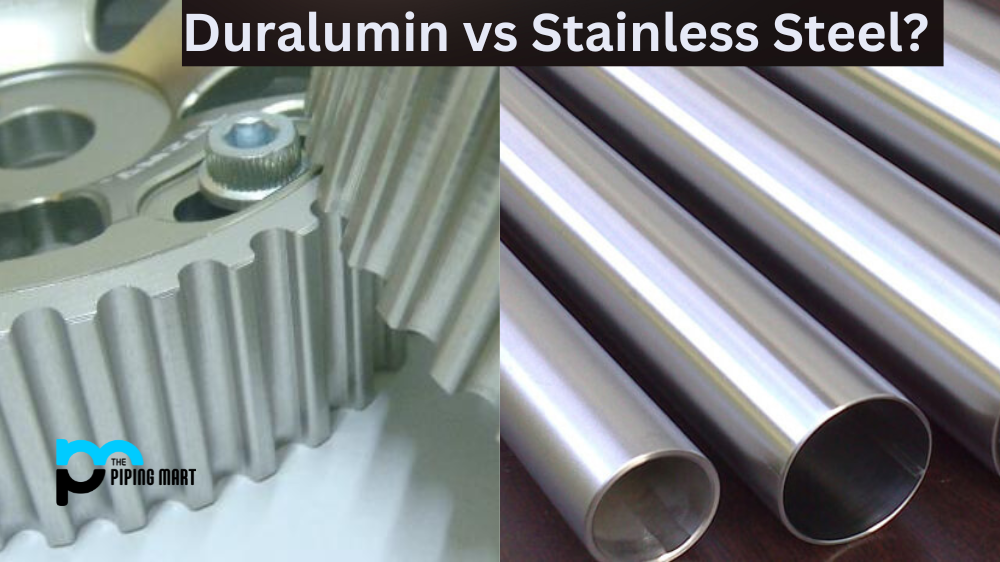Recycling is essential for sustainable living and applies to almost everything we use daily. From paper to plastic, we can minimize waste by reducing, reusing and recycling. One such element that is increasingly gaining popularity is magnesium. Magnesium is an essential element commonly used in various applications, from aerospace industries to automotive parts. Like other metals, magnesium recycling is crucial for environmental conservation and the economy.
Why Recycle Magnesium?
Magnesium is a lightweight and versatile metal prevalent in the manufacturing industry. The metal is useful in producing car parts, aerospace parts, and other vital components that require strength and lightness. However, magnesium is not biodegradable; hence, it remains among the most challenging materials to dispose of.
Recycling magnesium is crucial as it helps to address the environmental challenges the metal presents. Recycling magnesium has numerous benefits, including saving resources, reducing pollution, and conserving energy. Recycling magnesium also supports the circular economy, reducing the need to extract new metal.
Methods of Recycling Magnesium
Several techniques can be employed in recycling magnesium, each with unique advantages and disadvantages. Such methods include:
Scrap Collection
Scrap magnesium can be collected from industries, scrap yards, and individuals. The scrap is then recycled into new products or returned to service as raw material.
Vacuum De-Gassing Refining
This method involves vacuuming magnesium in a heated crucible to remove impurities. The process produces high-quality magnesium with excellent properties.
Flux less Casting
This method is commonly used in industries to recycle magnesium alloys. It involves heating the alloy to the required temperature and pouring it into a mould. The metal is then cooled, and the Casting is removed.
Magnesium Recycling Infrastructure
Recycling magnesium often requires sophisticated technology, and the infrastructure to support it is still under development. However, some industries have constructed customized infrastructures that process primary and secondary magnesium. In addition, some organizations promote magnesium recycling through awareness and research.
Conclusion
The recycling of magnesium is vital for environmental protection, conservation, and economic saving. With its increasing use in various industries, magnesium recycling may be one of the ways to achieve so much with less waste. While there is still considerable room for improvement in the recycling infrastructure, the techniques and methods of recycling magnesium available today are efficient and sustainable. By recycling magnesium, we can help preserve the environment for future generations.

Pipingmart is a B2B portal that specializes in metal, industrial and piping items. Additionally, we share the latest information and information about materials, products and various types of grades to assist businesses that are involved in this business.




